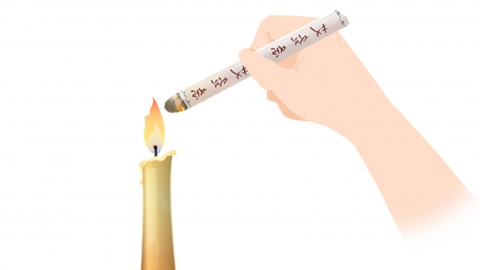Does moxibustion help with lumbar disc herniation?
Generally speaking, lumbar disc herniation refers to lumbar intervertebral disc herniation. Whether moxibustion can help treat lumbar intervertebral disc herniation mainly depends on the severity of the condition. Moxibustion may offer some benefit in mild cases, while its effectiveness may be limited in severe cases. If experiencing any discomfort, it is recommended to seek timely medical attention. Detailed analysis is as follows:

If the condition is a mild lumbar intervertebral disc herniation and the patient only experiences slight pain without significant symptoms affecting normal activities or walking, moxibustion therapy may generally be somewhat effective. Moxibustion therapy has effects such as warming and unblocking meridians, dispersing cold to relieve pain, and promoting blood circulation to remove blood stasis. It primarily achieves therapeutic effects through thermal stimulation of acupoints, helping to alleviate pain and promote the recovery of lumbar spine function.
However, if the lumbar intervertebral disc herniation is severe and accompanied by complications such as lumbar vertebral fracture, lumbar spondylolisthesis, urinary or fecal incontinence, or lower limb muscle atrophy, moxibustion treatment is often not effective and may provide little benefit for the condition. In such cases, it is recommended to follow medical advice promptly for surgical treatment options, such as endoscopic discectomy or percutaneous lumbar discectomy.
To ensure safety, it is recommended to consult a physician before opting for moxibustion therapy and to develop a treatment frequency and course plan based on individual conditions. Additionally, proper post-treatment care should be taken after moxibustion, including maintaining a regular routine and good hygiene, to facilitate recovery.







